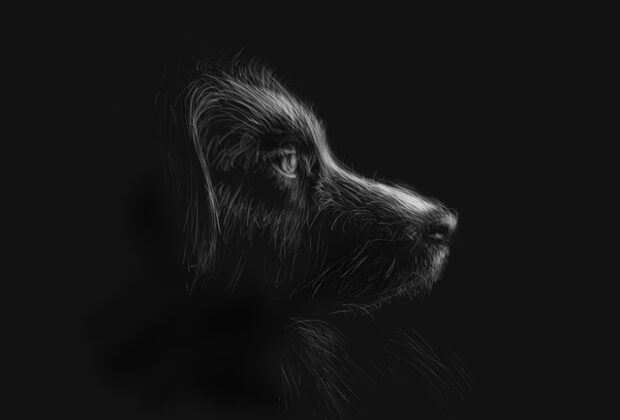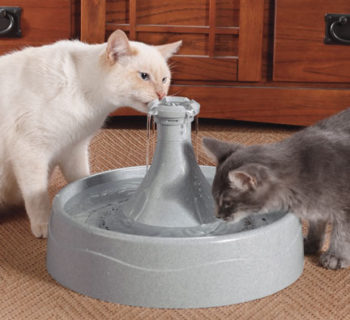Both humans and animals have bone, which is a hard mineralized structure that its shape may class. Each bone in a dog's body serves a critical part in its health and well-being, making its structure extremely complex. Human and animal bones contain vital nutrients as well as nerves and blood arteries on their own. The skeletal system of a dog is similar to that of a human in that it allows for movement, stability, and other physical activities, as well as protecting essential organs. Many people wonder if the bones in humans and dogs are the same because of this.
Table of Contents
A Dog Has How Many Bones?
There are 206 bones in the human body. However, dogs have between 319 and 321 depending on the length of their tails. As you may expect, there are more bones in dogs with longer tails than in dogs with shorter tails. Additionally, if a dog's body is artificially or medically weakened, it may have fewer amount of bones. There are the same number of bones in a Chihuahua and a Labrador, no matter how big or little they are.
The Skeletal System of the Dog
- Unlike any other animal, the dog's skeleton and size variation are more pronounced than any other species. Viscoelastic, appendicular, and axial skeletons are all found in the dog. The sternum, spine, ribs, and the tops of the head and neck are all supported by the axial portion of the body.
- The appendicular skeleton is comprised of the legs and feet, while the visceral skeleton is made up of the smaller bone body parts. A dog's skeleton does not include collarbones, unlike those of a person. Instead of a collarbone, they have a skeletal structure made of cartilage.
- Running motion, flexibility, and stride lengths are all enhanced by the absence of a collarbone in their shoulders. In addition to providing structural support, long bones on the dog's limbs also allow for movement and flexibility. The dog's short bones help it move and stay in place more smoothly. On the wrists and feet, they are found.
- The dog's long bones and muscles are attached to the flat bones in the ribs, shoulders, pelvis, and sternum. The skull's delicate parts, including the brain, sinuses, eyes, and ears, are likewise protected by the skull's lining. The Sesamoid bones are found in joints that move freely, such as the knees and wrists. Skull, hip, and spinal column irregularities are all common occurrences. Some portions of the hipbone, the spinal column, and the cranium have irregular bones.
- It makes sense that dogs have more bones than humans because of how they move. Every one of a dog's limbs, including its legs and paws, contains bones to support its weight and safeguard its internal organs. Dogs can move and jump more freely compared to humans and take longer strides since their shoulder bones are not attached to a collar bone.
- Many anatomical characteristics are shared by all dogs, including the fact that they all have the same number of bones. For example, all dogs walk on their toes and have compact feet. Their forelegs, which only have one muscle attaching them to the torso, are also highly flexible.
- A dog's skeleton has three divisions: the axial, the appendage, and the visceral. The appendage section includes the limbs, whereas the visceral segment consists of the inner ear's bones. However, dog breeds differ anatomically more than any other species despite their many similarities.
Why Bones Health of Dogs Is Critical?
Bone health is critical for a dog's long-term well-being, and the greater the bone health, the longer your dog will live. As a puppy, your dog's bones need to be fed a diet rich in vitamins and minerals that will help them grow and sustain excellent health. Make sure your dog also has regular walks and active play sessions to keep its bones strong.
Dogs also need vitamin D to assist their bodies in absorbing calcium and vitamin C, which is required in order to make the collagen that growing bones need to function properly to build stronger bones. To fight off any infections that may come their way, their immune system is boosted by the Vitamin C. Growing, strong bones also need enough amounts of protein, magnesium, and the vitamin K precursor niacin.
About the Author
Kirsten Heggarty
Kirsten created The Pet Handbook with the aim of sharing her knowledge about pets, pet food, healthy habits, and more. All of her advice is based on years of her own experience with her pets, and feedback that she has received from grateful readers about her tips. If you want to know more please read the About Me page.









